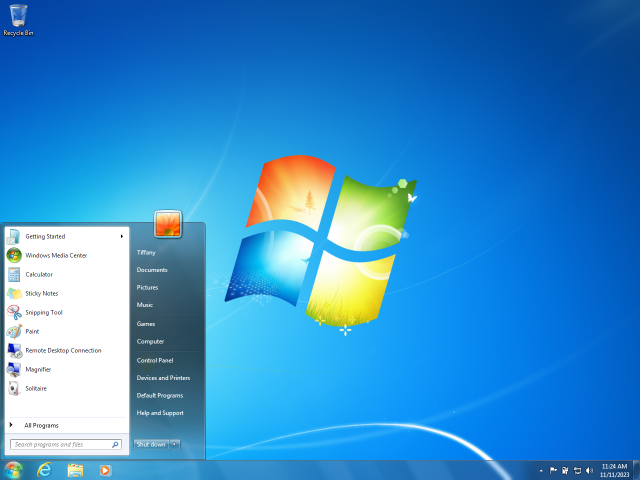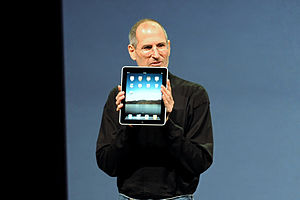Since last we had a new version of Windows, the IT scene has changed beyond recognition. With the big growth areas now phone and tablet devices running operating systems from Apple and Google, Microsoft’s position as global software king has gone from undisputed to suddenly very vulnerable-looking. How will they respond?
Well what they’re not doing is reinventing themselves. Microsoft biggest asset is that they are already on the vast, vast majority of the world’s PCs and laptops. Their task therefore is to keep that position relevant.
Both Apple and Microsoft have distinct desktop and phone operating systems. With its latest desktop OS version though, Apple has integrated a lot of the phone version’s functionality, and it seemed obvious that Microsoft would have to do much the same thing. But they’re going about it in a fundamentally different way. Key to the difference is the two companies’ very distinct tablet strategies.
Microsoft actually pioneered the tablet computer. Theirs was launched back in 2002. The idea though was to put full-strength Windows on a device with a touch screen interface, using a pen and handwriting recognition instead of a keyboard. This actually works fantastically. The only problem is, it’s not a product that many people wanted to use. They’re great for work in the field, factory, site or hospital, because you can walk with them, enter text while standing, use them like paper with built in computing power. I have one because by day I’m an artist, and it means my sketchpad has Photoshop right there. But while it’s a wonderful product in a great variety of professional niches, it doesn’t have the broad consumer appeal that has made Apple such an incredible pile of money.
The key difference is that Microsoft decided that tablets should be full computers – they call them Tablet PCs – while Apple decided they should be large phones. Microsoft’s approach is more flexible, a Tablet PC can run any PC software. But the Apple approach had key advantages: Lightness, and long battery life. And it makes all the difference in the world. It took Apple to see the obvious: A device you hold in your hands needs to be light.
The chief reason for this is that the Apple-style tablet (under which I also include Android devices and other rivals) are built around ARM chips, whereas Microsoft’s tablets, like all PCs, use Intel’s x86 architecture. ARM was designed from the ground up with low power consumption to the fore of its priorities, while the x86 was built for speed without compromise. And though Intel have worked hard on producing x86 chips like the Atom with greatly reduced power demands, they will probably never be ideal.
Microsoft’s response was more radical than anyone expected. They’re going to bring out a version of Windows that will run on ARM chips – the same chips that are found in iPads and Android Tablets, and indeed in nearly all smartphones. It will be the first wholly new Windows version for many years – and the first break Microsoft has made with Intel, bringing an official end to what was once dubbed the ‘Wintel monopoly’.
But this is just one manoeuvre in a strategy. More to follow.
Related articles
- Why It’s Important that Microsoft Succeeds with Windows 8 (techland.time.com)
- Windows 8 Apps Will Run On Tablets, PCs (informationweek.com)
- Windows 8: Microsoft’s Swiss Army knife vision (news.cnet.com)
- Windows 8 Tablets Won’t Run PC Apps, After All (informationweek.com)









